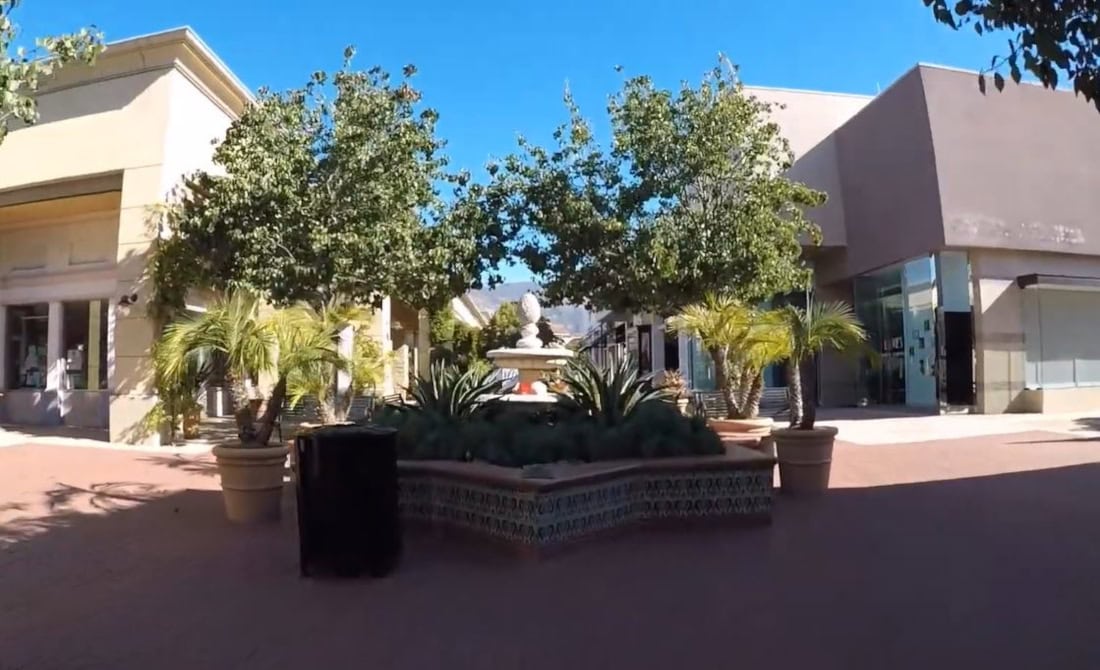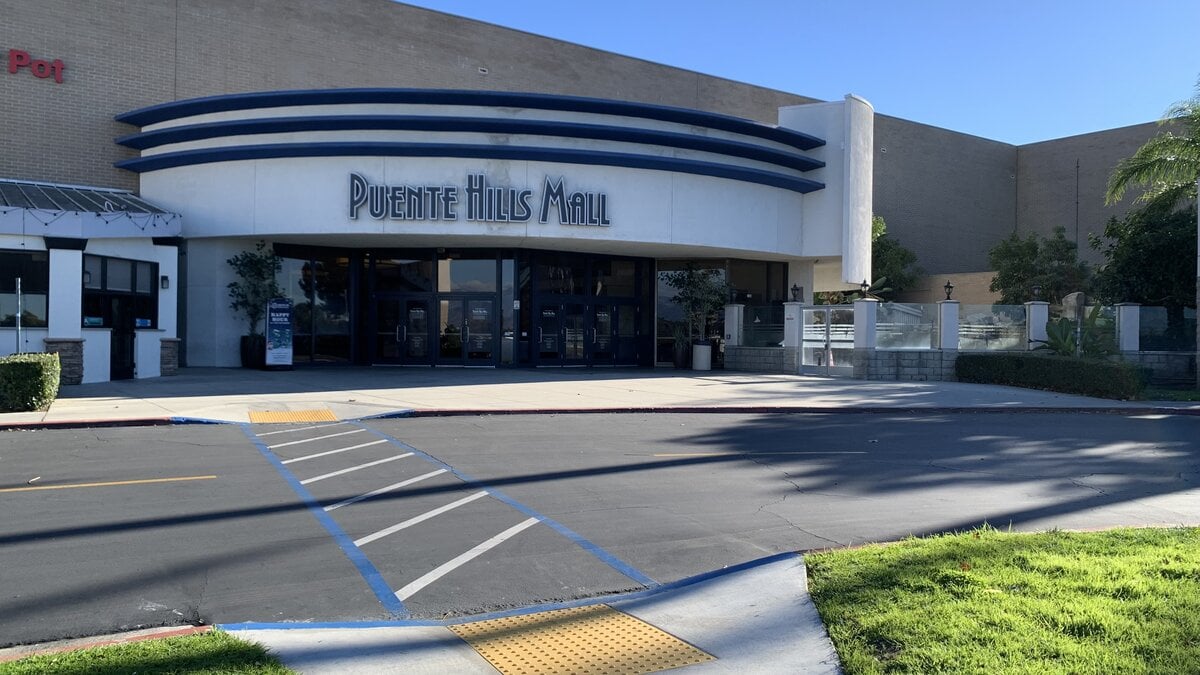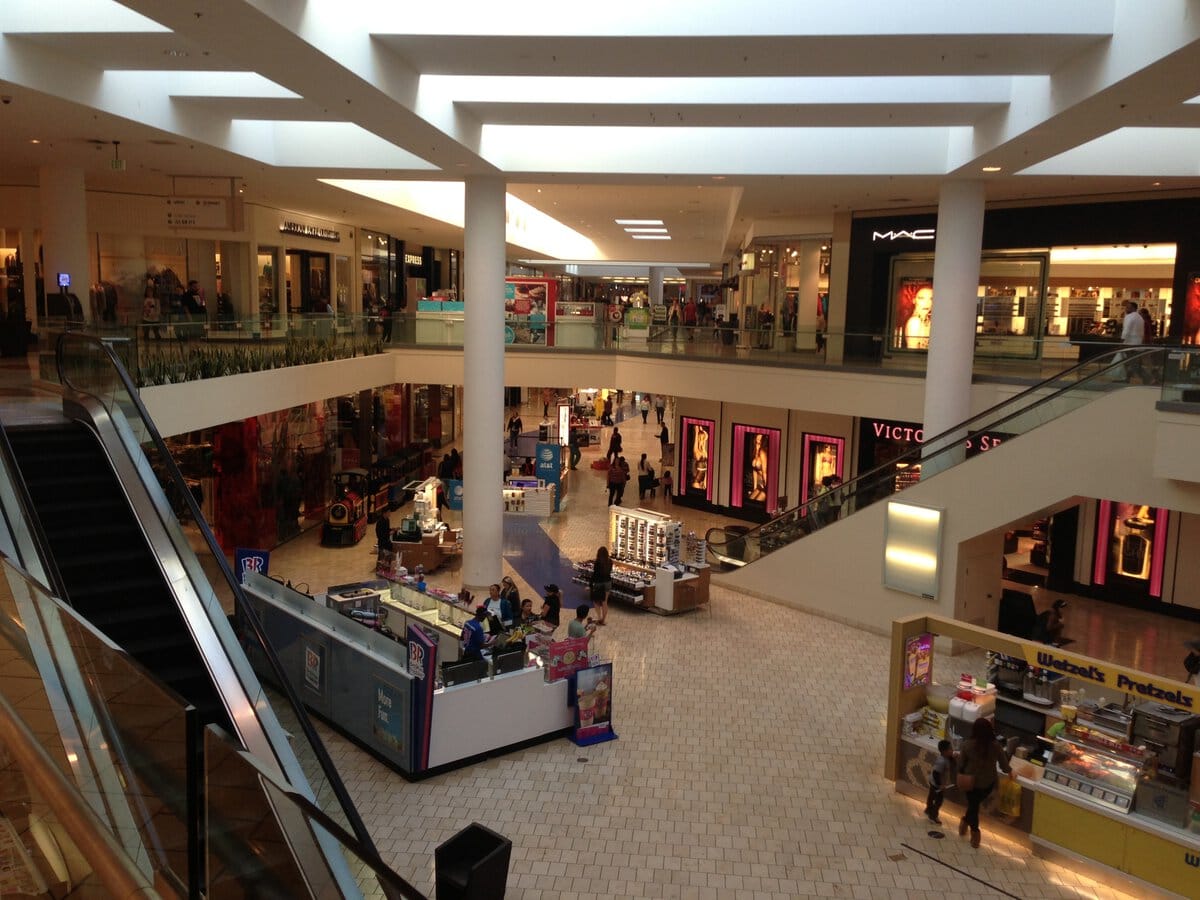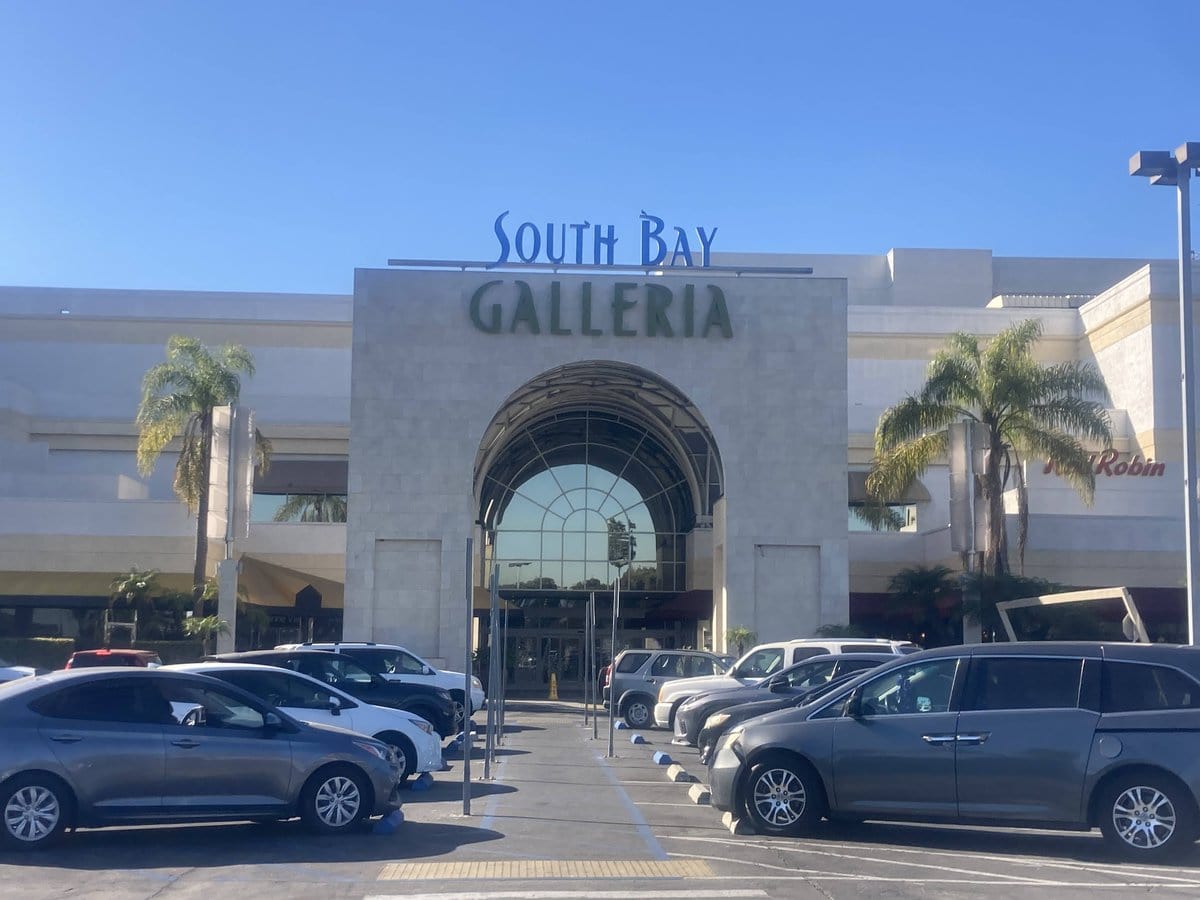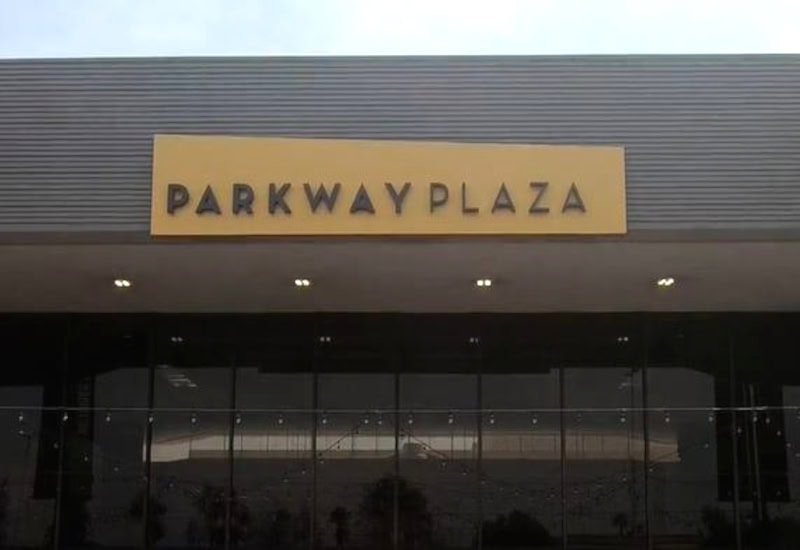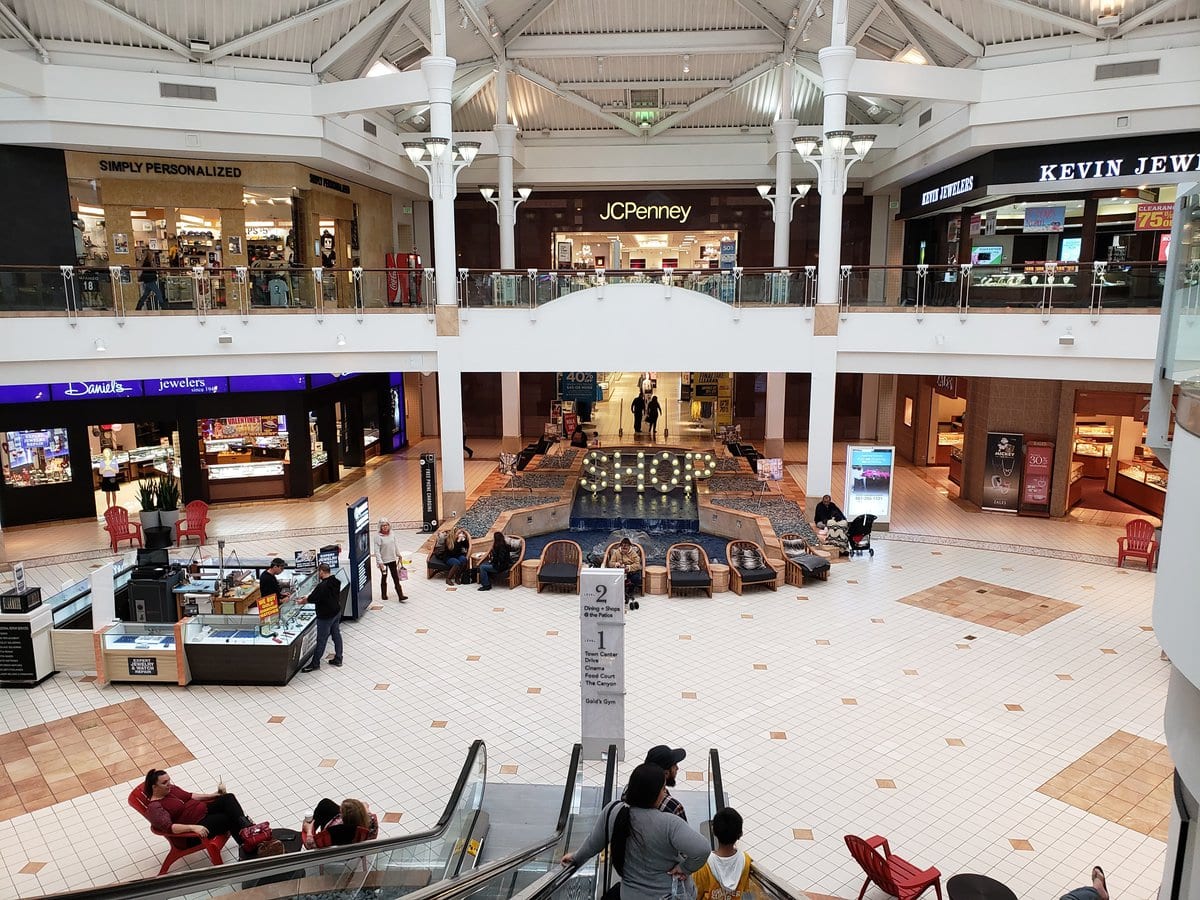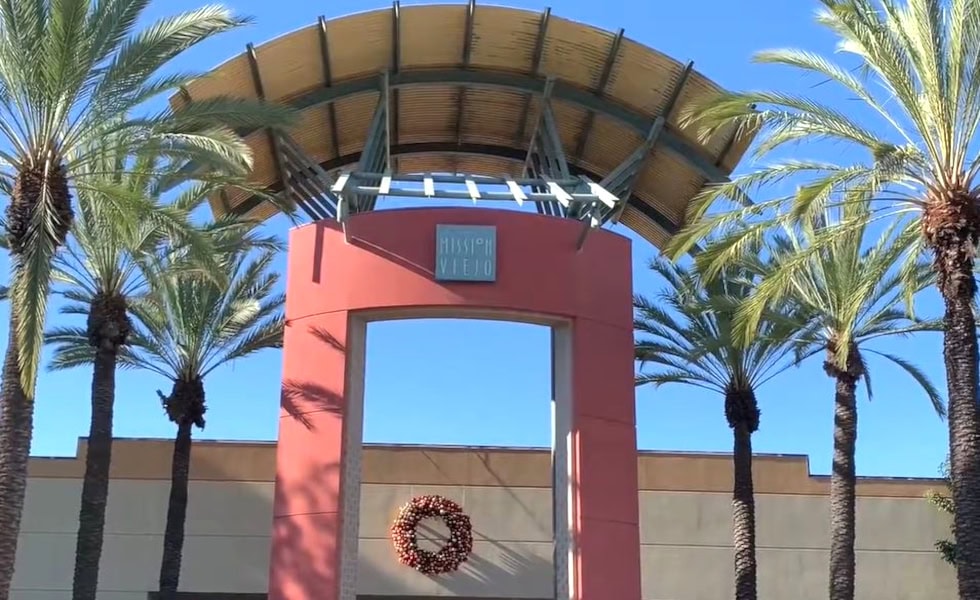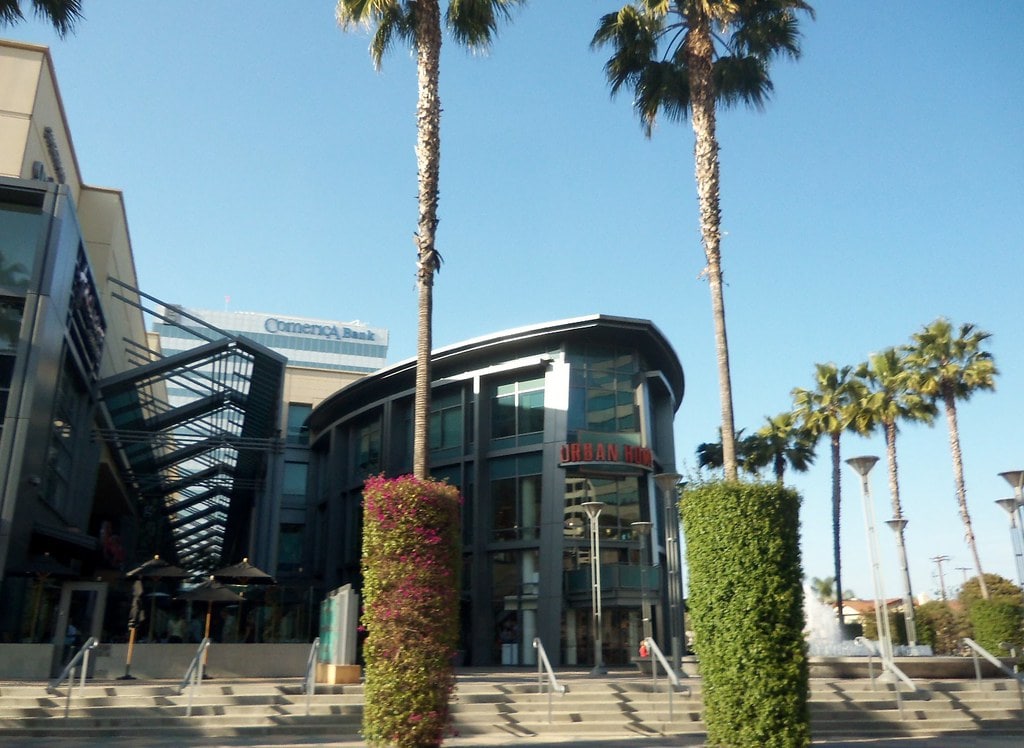Walled In: From Tire Plant to Retail Landmark
The I-5 didn't always pass by a mall. In 1929, it passed by a fortress - Assyrian arches, stone reliefs, and winged beasts carved into concrete.
That was Samson Tire's plant, built to mirror Sargon II's palace in Khorsabad. Function met spectacle. Trucks rolled in. Tires rolled out. Then it stopped, in 1978, the factory shut down.
But no one tore it down. By the '90s, the walls were still there - only now, they were selling something else.
Architectural Legacy and Industrial Real Estate
The building that now houses Citadel Outlets was designed in 1929 by Morgan, Walls & Clements.
Their other Los Angeles work includes the Mayan Theater and El Capitan.
What they created for Samson Tire and Rubber Co. wasn't a typical warehouse or shell.
It was a landmark in Exotic Revival style, styled after Khorsabad, the capital of Assyria during the reign of Sargon II.
That meant limestone panels, crenellated towers, and replicated lamassu figures - human-headed, winged lions meant to ward off danger.
Samson Tire operated the factory until 1978. Production ended as the company, by then under Uniroyal, shut down operations at the site.
That left a massive footprint: 600,000 square feet of industrial floor space just eight miles southeast of downtown Los Angeles.
The City of Commerce purchased it for $14 million in 1983.
They weren't buying nostalgia. They were buying a strategic parcel off the I-5, next to rail lines and zoned for redevelopment.
The structure was already eligible for the National Register of Historic Places based on architecture alone, but city officials weren't focused on heritage listings.
What they needed was commercial output. A factory reimagined as retail square footage. The bones were solid.
The Assyrian façade remained intact. Over time, that fortress became the front door to a different kind of product line.
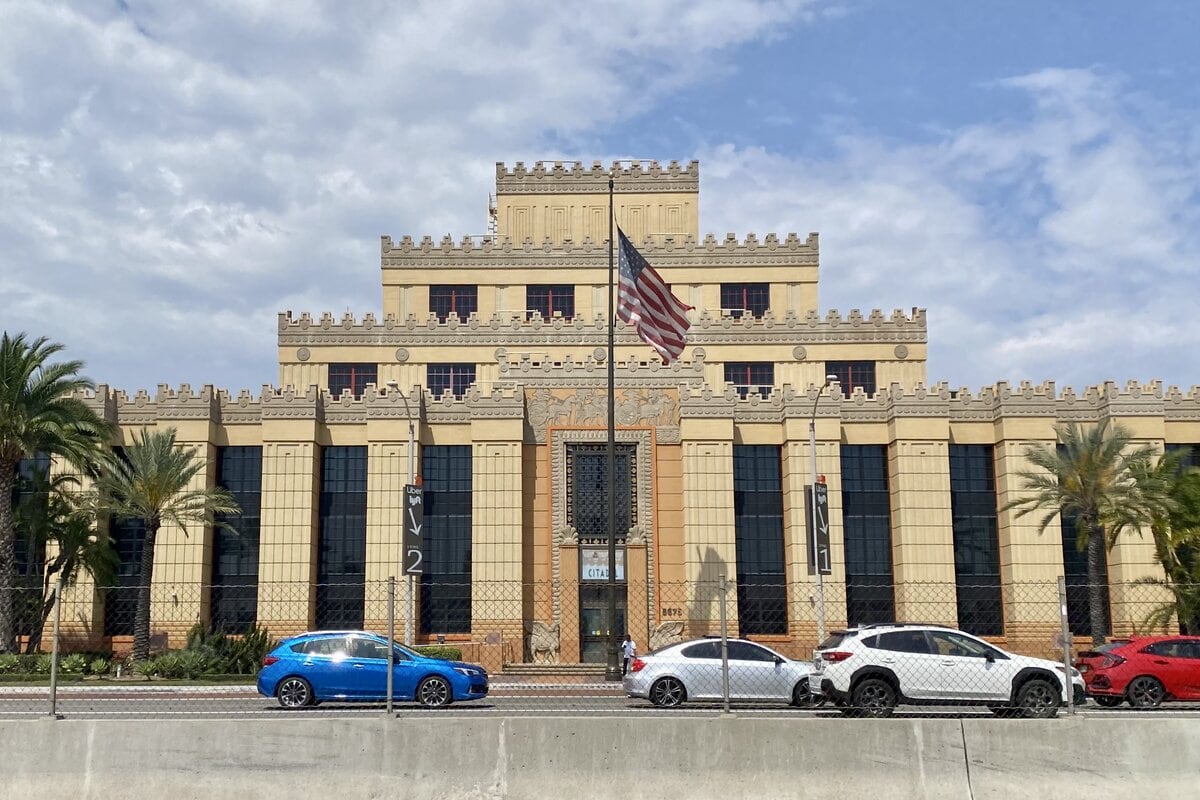
Property Redevelopment and Lease Transfers
By 1990, Commerce stopped waiting. They brought in Trammell Crow Company, signed off on $118 million, and greenlit the overhaul.
The goal was blunt: turn the shuttered Samson Tire plant into a retail draw.
They left the Assyrian walls alone and filled the rest with storefronts.
A 201-room Wyndham Garden Hotel went up next door, boxy and efficient.
The outlets opened that year - no ribbon-cutting drama - just traffic.
Positioned off the I-5, flanked by rail lines and visible for miles, the complex didn't need advertising.
The walls did the talking. Shoppers showed up, drawn in by curiosity or convenience, and brands followed.
Then came the stall. In the late '90s, the development group defaulted on its ground lease.
Under the terms, Commerce owned the land, but private hands controlled everything built on it.
It was a layered deal, and once it cracked, the city moved to sell.
In July 2002, Craig Realty Group bought the center for $50 million.
One catch: they had to expand it.
That transaction handed Craig more than a retail property - it gave them leverage in a crowded regional market.
They inherited a location with visibility, infrastructure, and name recognition, plus a structure no other mall could copy.
What they didn't get was the freedom to start fresh.
They had to build around what was already there. The gate stayed. The freeway stayed. The strategy changed.
Retail Growth Strategy and Square Footage Expansion
Craig Realty didn't tweak - they built. By 2010, Citadel Outlets had added 157,000 square feet.
Expansion wasn't about spectacle. It was about flow. Unoccupied zones were carved into walkways.
Edges became corridors. Stores tightened into clusters. Foot traffic sped up.
Tenants shifted too. Nike, Coach, H&M, Michael Kors, Polo Ralph Lauren, Tommy Hilfiger, GUESS, Armani, Ann Taylor, Boss, Calvin Klein - each one locking down square footage.
These weren't trial leases. Craig went for national brands with staying power and layered them into long-term contracts.
The mix wasn't flashy, but it was deliberate. Every placement counted.
They moved on to the utility next. California Welcome Center, right inside.
Currency exchange kiosks are near the entrances. Free Wi-Fi. Parking got sliced and re-striped to manage turnover.
Each change looked minor. Together, they turned the outlets into something scalable, ready for volume, ready for tourism.
Craig's model stayed consistent. No seasonal fillers. No rotating kiosks.
Stability over novelty. Lease terms reflected that. Brands committed. Spaces stayed filled.
The mall didn't chase trends - it outlasted them.
The gate still faced the freeway. Same height. Same carved guardians.
Inside, everything had changed. Behind that wall, 700,000 square feet moved fast.
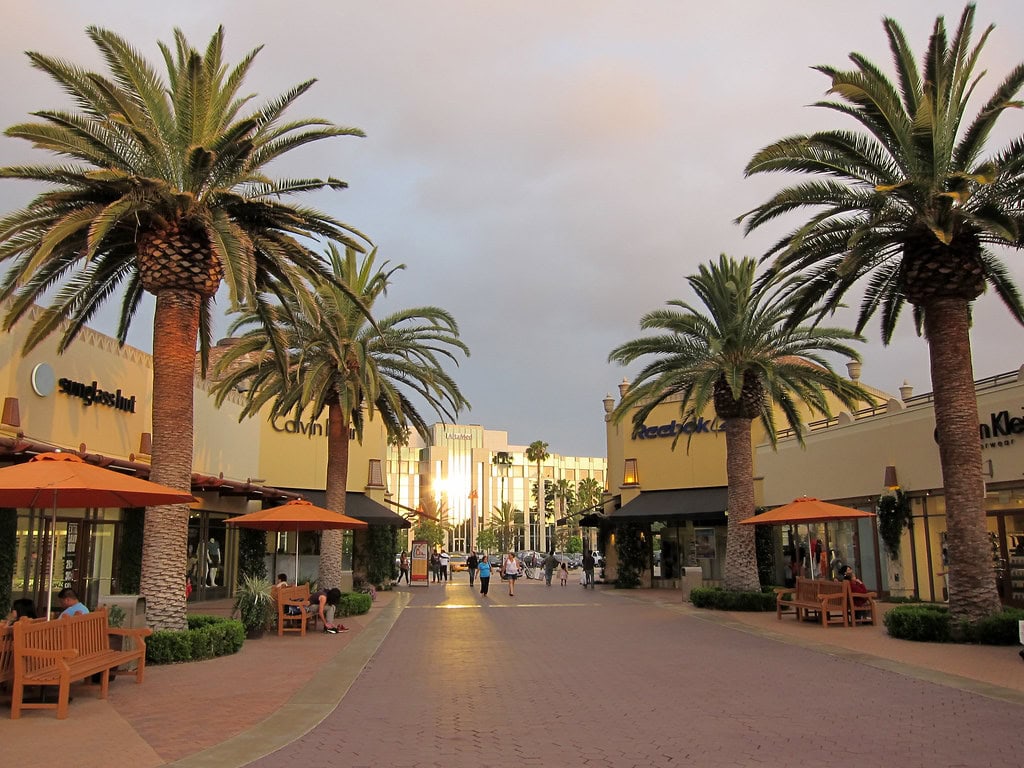
Event Traffic and Economic Pull
Black Friday at Citadel Outlets doesn't start on Friday.
By the early 2010s, doors were opening late Thursday - sometimes before the turkey was cold.
Retailers pushed for the earliest possible start. Customers lined up, some before sunrise, and traffic off the I-5 backed up into surrounding blocks.
By mid-morning, parking lots were full and overflow routes were jammed.
The center's peak foot traffic didn't happen at noon - it happened before 8 a.m.
This wasn't a side effect. It was a plan. Retailers fed the cycle with heavy markdowns and timed doorbusters.
Crowds responded. The city added traffic control. Security presence grew.
Citadel became one of the most visited outlet centers in the region during holiday weeks.
Commerce didn't need to advertise it - the lines were their kind of promotion.
In 2022, Citadel ran a summer-long event called "Los Angeles: Home of Champions." It launched July 1 and ran through Labor Day.
The mall dressed itself in tribute to the Los Angeles Rams' Super Bowl LVI win and the Dodgers' World Series run.
Retail displays tied into team colors. Branded gear spiked. It was a sports celebration as a sales tactic.
The events weren't limited to sales. In October 2024, the outlet partnered with the city for "Clean Up Commerce," a site-wide beautification push.
Over 100 volunteers worked in the area around the mall and casino.
Transit Access and Expansion Forecasts
The property footprint isn't static. In 2019, Craig Realty outlined a 10-acre expansion plan for Citadel Outlets.
The concept spanned new hotel towers, retail buildings, and a monorail system threading across the site.
Three separate parcels were marked for development.
One was set to host "Adventure Experiential Retail" in a two-story build.
The others were earmarked for vertical hospitality space.
The goal: stretch the mall's retail edge while tightening visitor flow between corners.
That plan isn't finished. Environmental reviews are still in play. But the scale is already mapped.
It's the largest expansion proposal since Craig took over in 2002.
Transit options are evolving in parallel. LA Metro's Eastside Transit Corridor Phase 2 includes a proposed station at Citadel.
If the timeline holds, construction will start in 2029, with the new E Line segment running by 2035.
That connection would drop riders directly at the property's edge - no parking, no car required.
For now, the closest transit access sits at Metrolink's Commerce and Montebello/Commerce stations.
From there, it's a rideshare or a bus. The last mile still depends on roads. But that may shift.
With hotel towers in planning, and Metro laying rail, the mall isn't just a freeway draw anymore.
It's positioning itself inside the transit grid.
Zoning maps have changed before. They'll change again.
But the wall on the frontage still marks the boundary - ancient Assyrian stone, bracing for the next round of foot traffic.
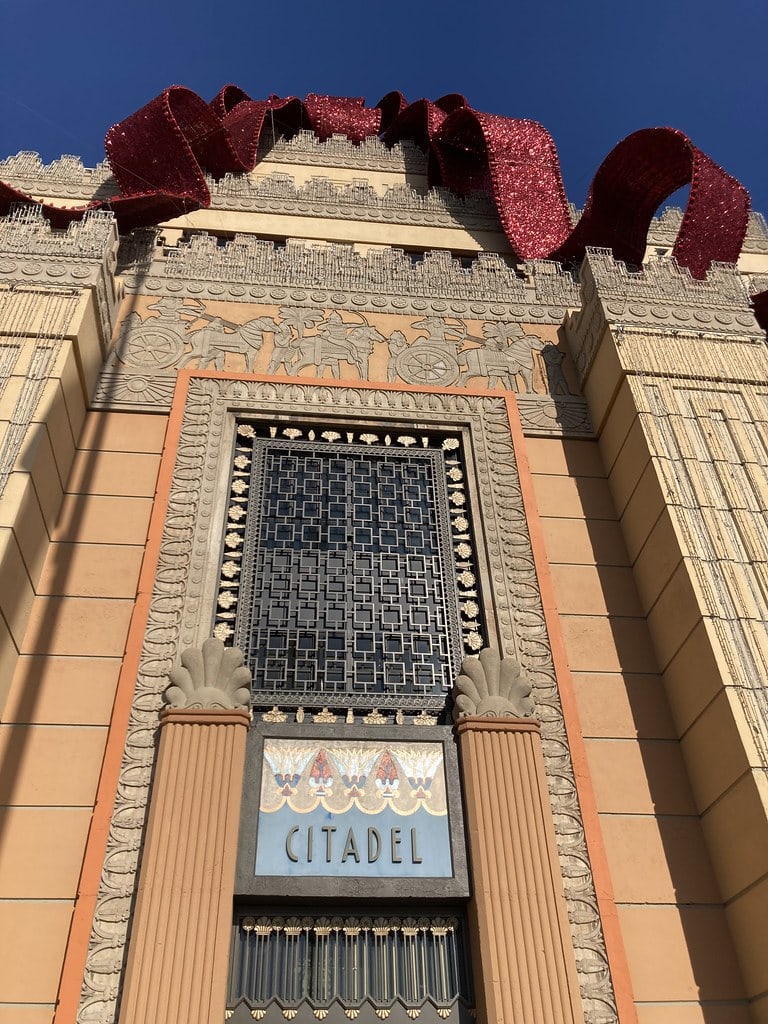
🍀

